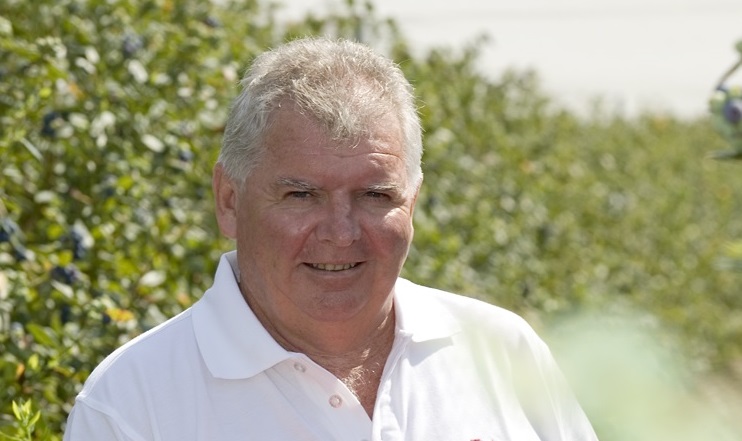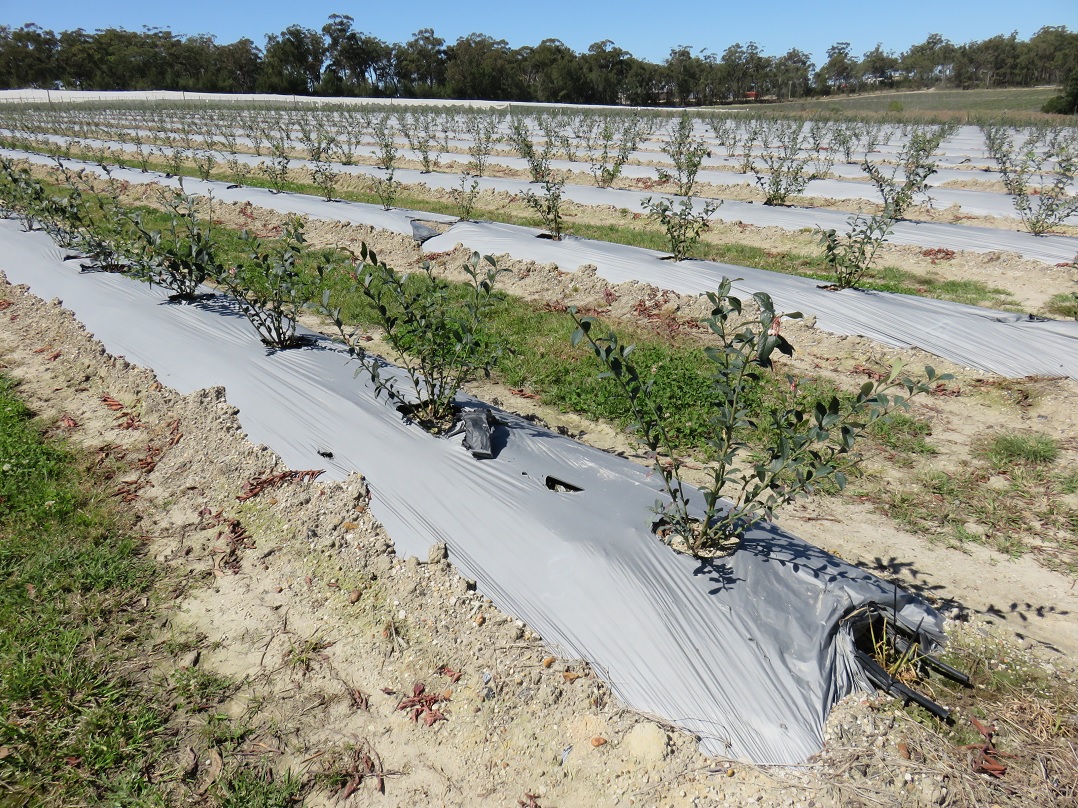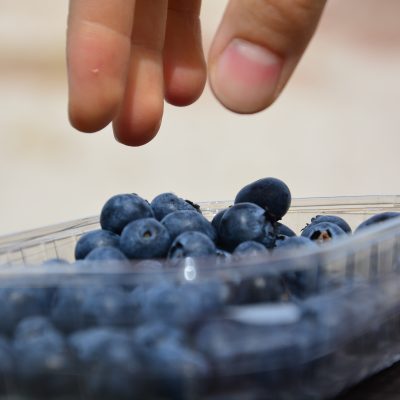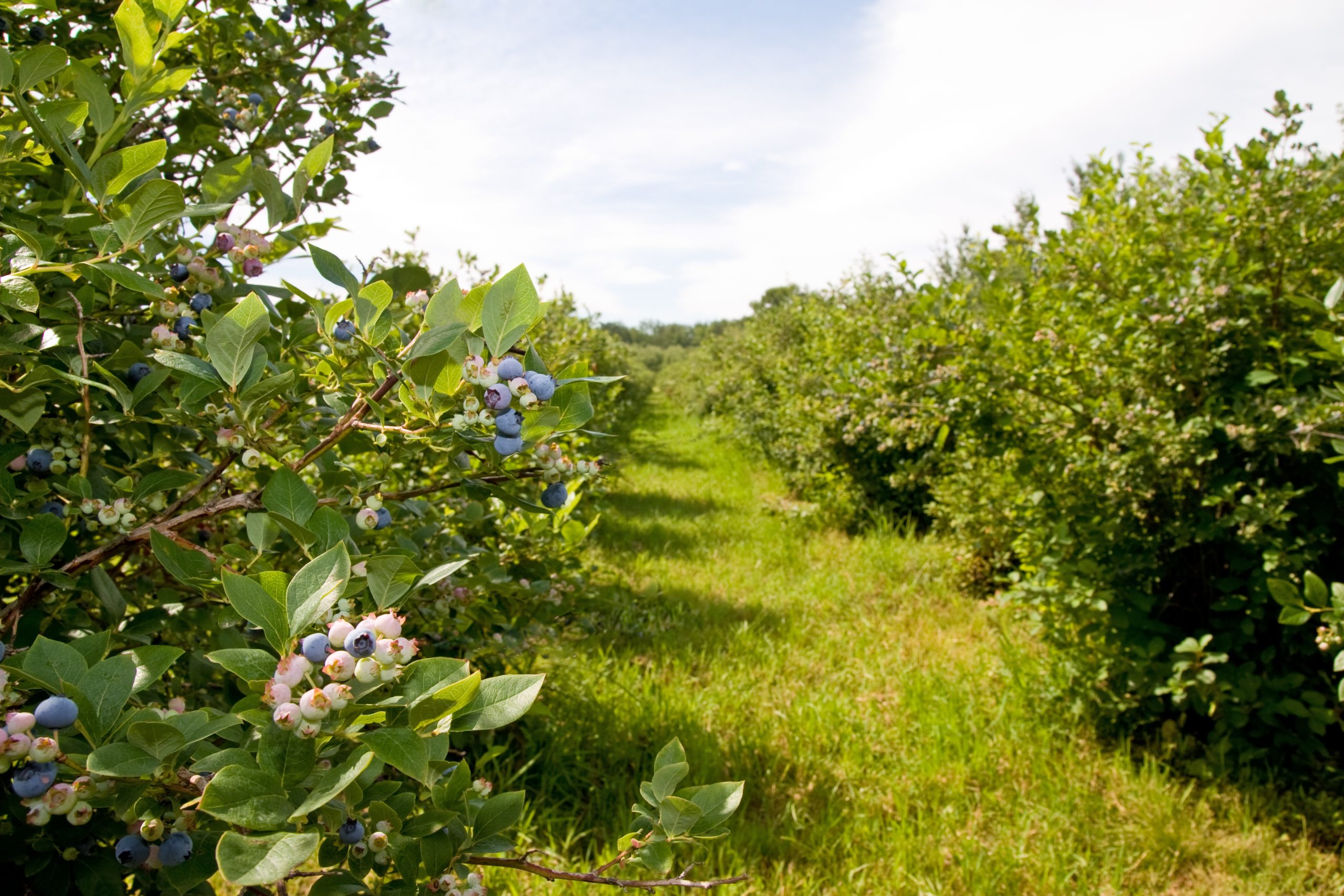Blueberry consumption “will continue to climb”, says IBO chairman
While slowing Chinese GDP growth and uncertainty over Brexit continue to weigh on global economies, demand for blueberries has been unfazed by the market jitters.

It’s blue skies ahead for the super fruit according to International Blueberry Organization (IBO) Chairman Peter McPherson, who doesn’t see its growth trajectory changing anytime soon.
“Even with the Brexit situation, consumption is still increasing in Europe,” McPherson explains.
“The U.K. market at the moment is screaming for blueberries – we’ve even seen the first shipments via air from Mexico into Europe and the U.K. this year because of that opportunity.”
While its population is larger, Europe’s blueberry consumption per capita is still lower than in North America where the fruit originated.
This means great potential in the old continent if the industry takes the right approach, and there has been progress in markets ranging from the Iberian Peninsula to Europe’s eastern fringe.
“Russia is a country now where blueberry demand is really taking off,” says McPherson.
“I know that firsthand from the successes out of our Moroccan operations – Russia is one of the biggest growth markets around,” he adds, in reference to the African Blue operations he helps oversee through his role with Australia-based Costa Group.
“There are opportunities in countries like Spain, which is a very big grower but a low consumer on a per capita basis. And there’s France for instance, where raspberries probably have a higher consumption than blueberries.”
McPherson also observes plenty of room for growth in China, where the IBO held its last summit in 2017, allowing industry participants to witness the changes at play in the booming market.
“Obviously in China there’s still a long way to go, particularly with locally grown product in China let alone from other countries outside of China that currently have market access,” he says.
Since then the industry group has attracted more members – including additions from Spain and Poland – and is gearing up for the next IBO Summit in Richmond, Canada from June 24-26, 2019.
“Every year it’s grown in numbers, it’s grown in activity and I think the participants have grown in knowledge of the industry they’re in,” says McPherson of the biennial event.
“I’m really looking forward to seeing the British Columbian growers put on a show for us. As I understand it, the presenters and speakers at the conference will be at the leading edge of all topics in blueberries globally,” he says.
“The response to date has been extremely positive, and I’d encourage all berry people – whether that be growers, suppliers, researchers – to get along to the event.”
As Russia has been such a significant growth market, McPherson would like to see a presence from the world’s largest country, and offers a warm invitation to them as well as growers from other parts of Eastern Europe and indeed anywhere the fruit is being produced.
The IBO chairman recognizes the last 12 months have been difficult for growers due to weather events, which did lead to some quality and supply issues.
The world’s leading exporter Chile had a “fairly reasonable season” from a production perspective, but climatic conditions worked against some growing nations like Morocco, South Africa, Australia and areas in North America.
“But I still see that consumption will continue to climb,” he notes.
To overcome problems like this, growers are looking to protective cropping, substrate as well as innovations in mechanization and robotics to overcome labor challenges.
McPherson adds better genetics and hence better tasting varieties are coming to be expected and demanded year-round by consumers worldwide.
“You will see that evolving over the next decade,” he says, mentioning improvements in varieties, logistics, the cool chain and the opening of market access are increasingly allowing for a 52-week supply.
“Everything is being driven by 52-week supply. That’s the aim of most producers and now we’re finding that within country destinations with the logistics getting better and better for cool chain, temperature control, market access being more open these days, consumers want blueberries 52 weeks of the year.
“And if there is a consistency, whether it be brand, variety or flavor, the quality expectation is there and that’s the goalpost that most of the leading berry companies in the world are setting themselves.”
28/03/2019
IBO News





